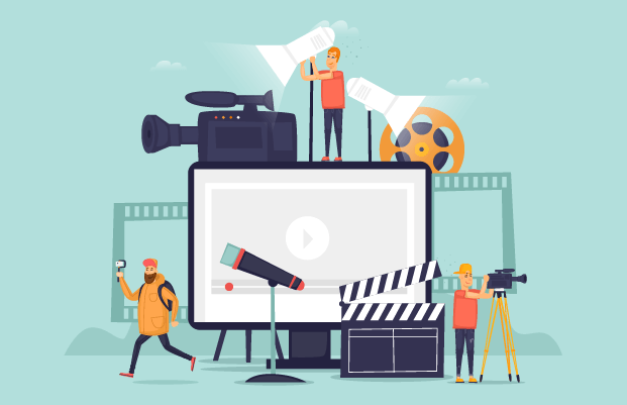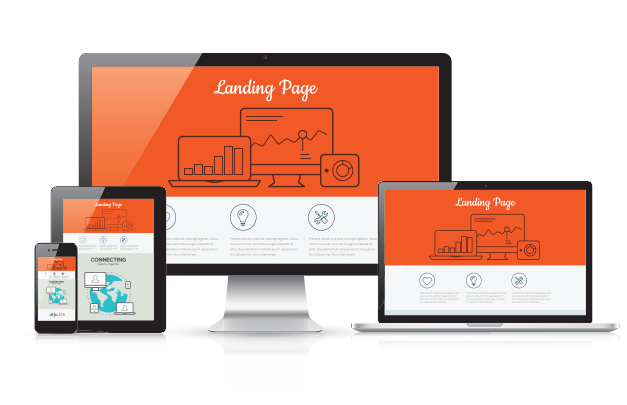With more than 5 million podcasts on Spotify alone, it’s safe to say a large percentage of people know what a podcast is and how to access one. And while it’s true that so many of these podcasts operate in the arenas of news, pop culture, sports, or tech, the podcast form presents an interesting opportunity for B2B companies to diversify their content marketing, grow their brand, and harness a growing customer communication channel.
In fact, many B2B companies are already climbing aboard the podcast train with 82% of marketers indicating they plan to invest budget dollars into podcasting. And with monthly podcast listenership increasing to 125 million in 2022, it’s clear that podcasts have arrived as a viable content channel that marketers are betting on to move the needle in terms of customer communication and business growth.
However, the challenge for many companies in folding a podcast into an existing marketing strategy is simply not knowing where to begin, what to consider, and the steps necessary to create quality, compelling podcast content. In this blog, we’ll first look at a couple of benefits — and things to consider — in starting a podcast, and we’ll also outline some practical pieces of advice for how to develop and record a quality podcast for the B2B space.
How can a podcast benefit B2B companies?
Think about your other channels for communicating with your customers — blog content, email marketing, social media, PPC, and even print materials like direct mail. The ultimate goal of each of these content forms is to provide a solution to your customer’s challenge in a way that both informs and engages them. Podcasts operate on the same principle, but the podcast medium offers some unique and intriguing value propositions that these other channels do not.
A 2019 survey revealed that 65% of podcast listeners listen to their favorite shows on a mobile device or smartphone, and this figure has almost certainly increased in the last few years. In addition, three of the four most popular locations for listening to podcasts included at the gym/working out, driving, or going for a walk — and this is important because it gives companies a vehicle to communicate with and reach their target audience while they’re on the move or away from their desks.
As a result, podcasts make it easier for B2B companies to position themselves to prospects and customers when they’re on-the-go, and in a way that more seamlessly merges the line between their professional and personal lives.
This amplification of outreach also comes with a couple of other advantages, including:
- Creating a closer, more personal connection with your customers. A blog entry or case study can be an effective, persuasive content form, but having an actual voice in your ear in a way that is engaging and informative is something else entirely. This more personal, intimate communication channel can be a useful way to build trust and loyalty with your brand.
- Increased traffic to your website. Just how website pages, blog entries, and even social media posts should be optimized for organic search to help customers find you via search engines like Google, podcasts that are optimized for search can also drive increased traffic to your website. Using keywords in podcast descriptions and episode titles, making sure your podcast has timestamps, and even repurposing podcasts for blog content can help you achieve better web traffic numbers.
- The potential for new partnerships and business relationships. This benefit is more of a long-term play, but successful podcasts with an engaged, loyal audience can attract new partnerships — and productivity.
How to record a quality B2B podcast?
We said this blog would be a very practical guide for companies that have done their homework and spent time developing a plan for the shape of their podcast content, but it’s important to note that even the nuts and bolts of recording a podcast can come with some higher level, strategic considerations. When developing and preparing to record your podcast, make sure you:
- Choose the ideal software to record and edit quality audio. For example, Audacity is a free, open-source audio editing platform that is relatively simple to use and can help you get your podcast off the ground quickly. If you’re recording a video podcast as well as an audio pod, Zoom is a very workable platform to capture quality video regardless of whether your guests are remote or in an office down the hall. For editing Zoom audio and video, we would recommend Adobe’s Audition and Premiere software — in fact, Audition is a nice step up from Audacity for editing audio podcasts once you have more experience or require more sophisticated capabilities.
- Spring for studio-level recording equipment. Microphones, table-top mic stands, headphones, and pop-filters are necessary equipment to reduce echo and ambient noise during recording. Not only will this make for a crisp, clean audio file, but it will also reduce the amount of time it takes to record and edit your podcast.
- Outline the topic(s) to cover in the episode. Ensuring those participating in the discussion are informed and fluent with the subject will not only result in a better end product, but it can also reduce the editing time once the pod is recorded. Plus, this will help your host and guest stay on point and help create podcast content that is consistent with your brand voice or other marketing materials.
- Record in a quiet, undisturbed location. A closed-door room with minimal background noise and carpet is ideal to reduce echoes or disruption during recording.
- Conduct a soundcheck/equipment test prior to recording. There’s nothing more deflating than getting to the end of a 30-minute recording session only to discover that one of the participants’ microphones wasn’t plugged in or audio levels were not optimized for a quality capture. Testing to make sure equipment is hooked up and the input levels are ideal can save you a lot of heartache down the line. Also, a soundcheck is a good opportunity to silence any smartphone or computer notifications that could interfere with a clean take.
- Take it slow, say it clear. Once recording is underway, speak clearly and directly into the microphone. Also, it’s human nature for people to speak much faster than they normally would — similar to how people’s speech patterns change when they’re addressing a large group of people – so it’s good practice to take your time when making a point or adding to the discussion. Remember: the audio file is going to be edited, so if you stumble over a word or phrase, you can stop and start over to ensure a clear recording.
- If you’re recording an audio and video podcast, make sure to wear clothing that looks professional and feels comfortable; avoid busy patterns or unconventional colors that may interfere with a quality video capture; record in a space that is well lit, ideally with the lighting behind or to the side of your computer; and orient your computer camera so that it captures you at eye level.
While this is a pretty well-rounded guide for helping B2B companies to get the ball rolling on developing and launching a successful podcast, it’s important to view podcasts not as a means to an end, but as another arm of your marketing strategy. And as you can see, there’s much to weigh when looking to incorporate a podcast as one of your customer communication channels.
The good news is we can help you develop, execute, and distribute the right podcast content to reach your target audience. Learn more about how our content marketing services can help you get your podcast on your customers’ radar.



